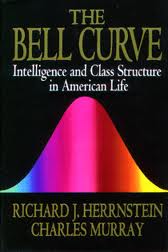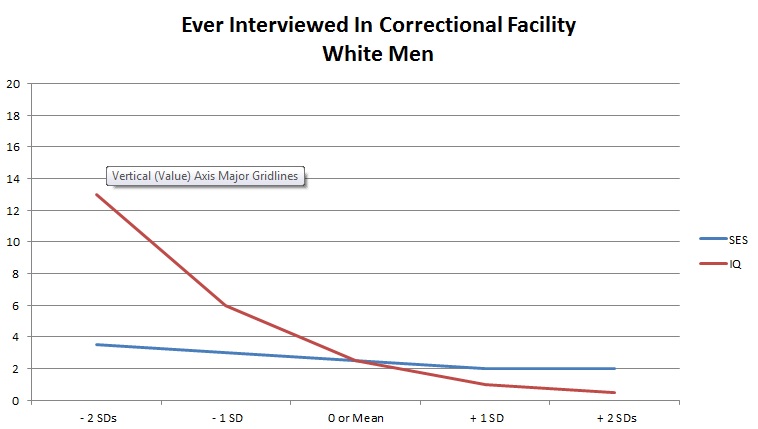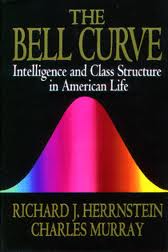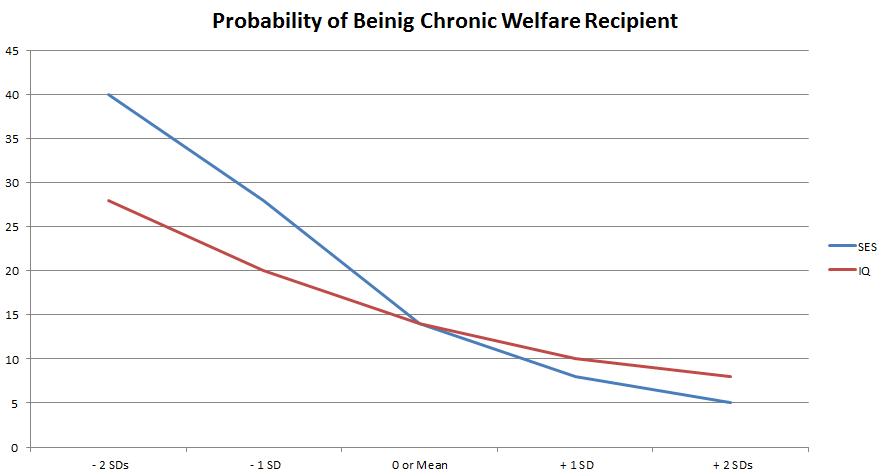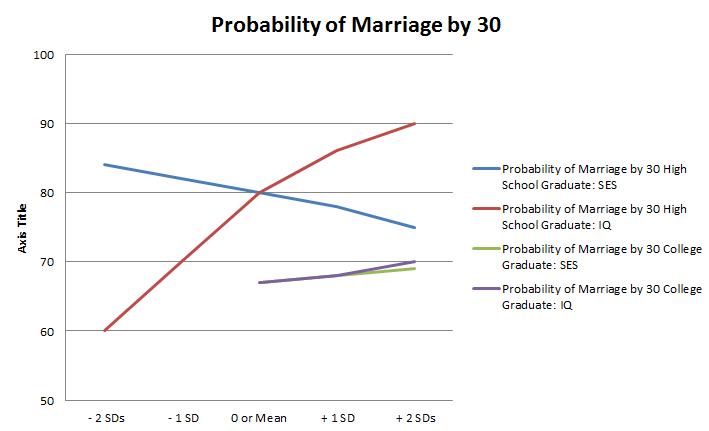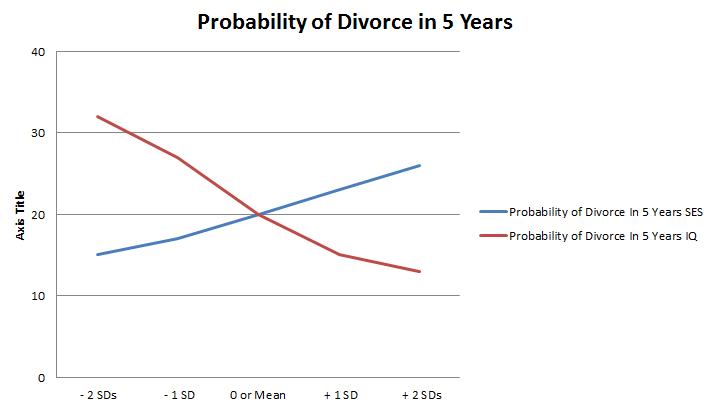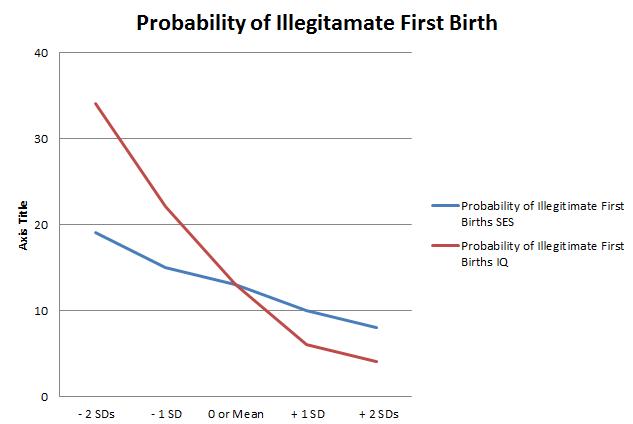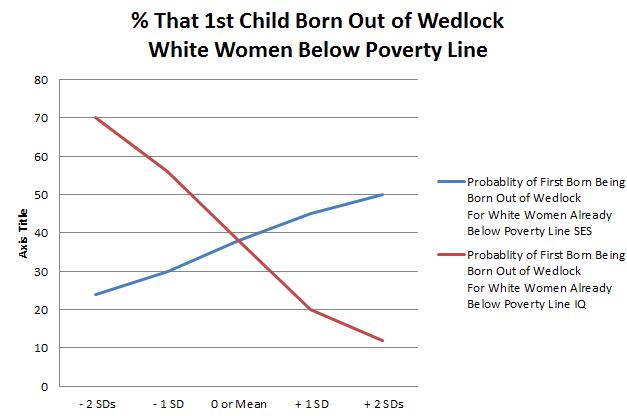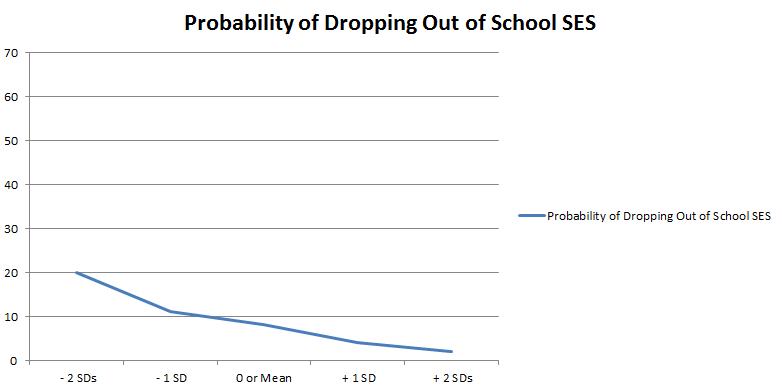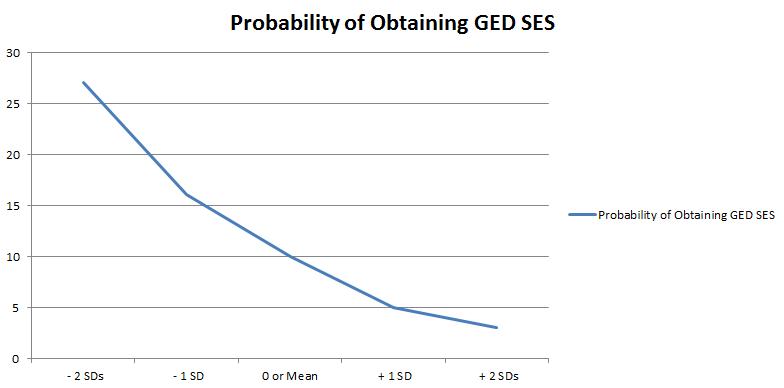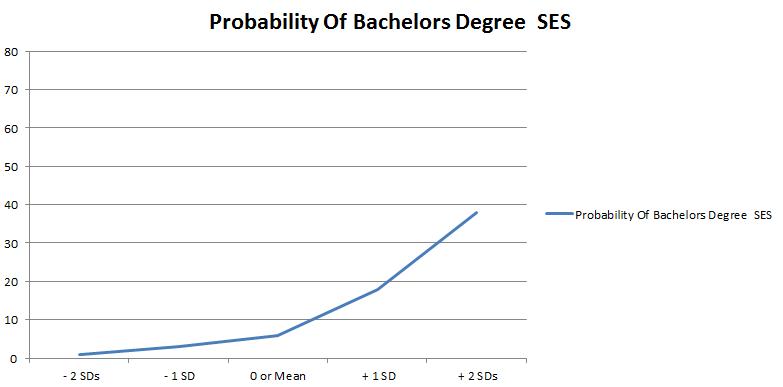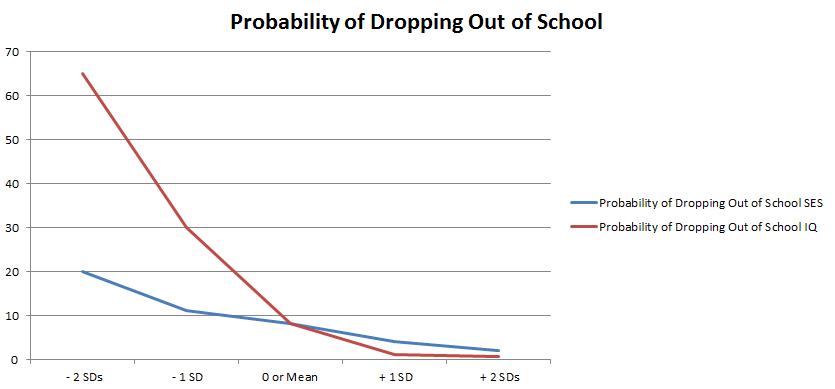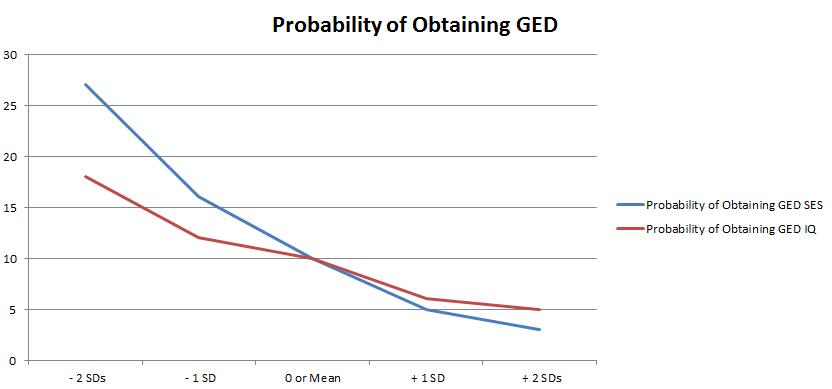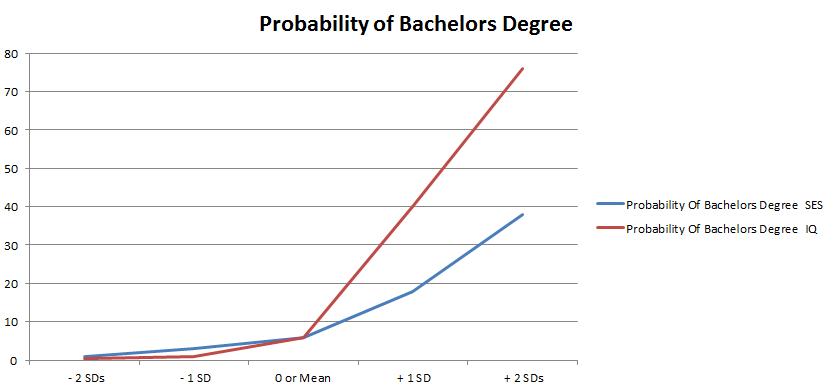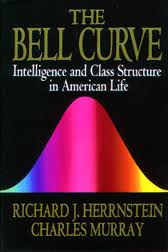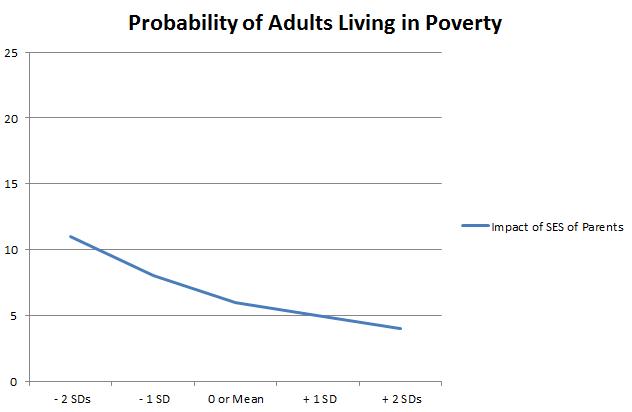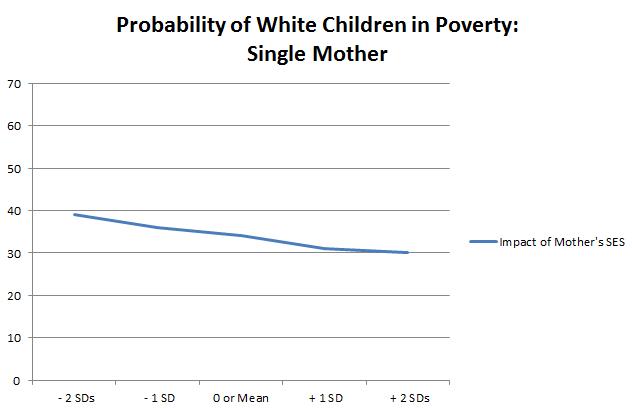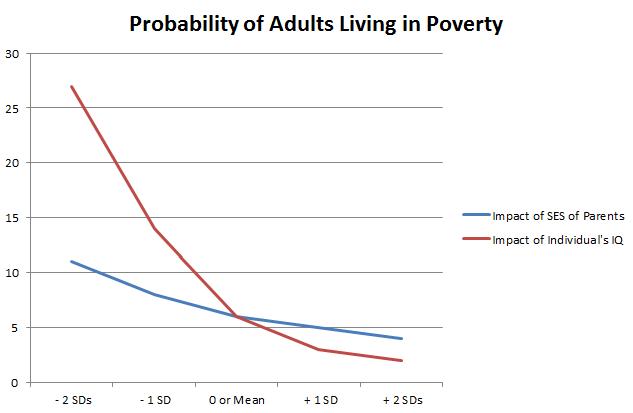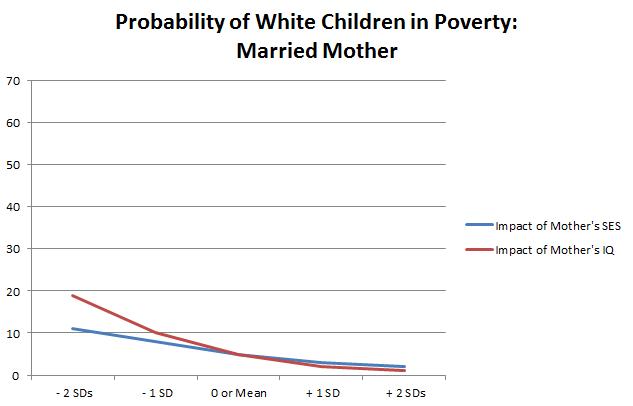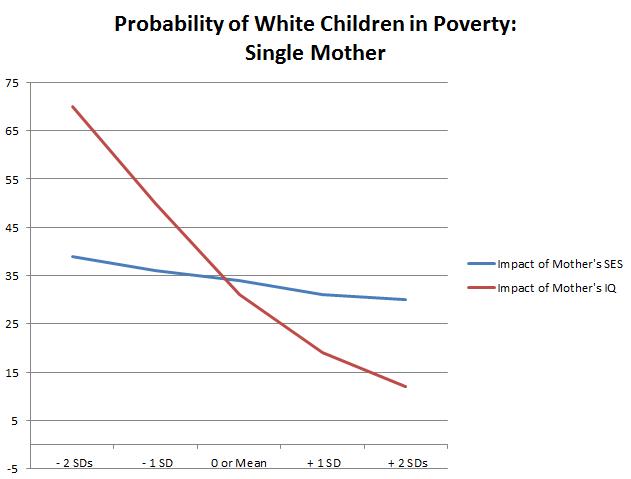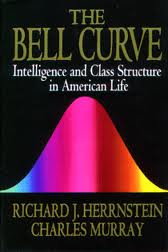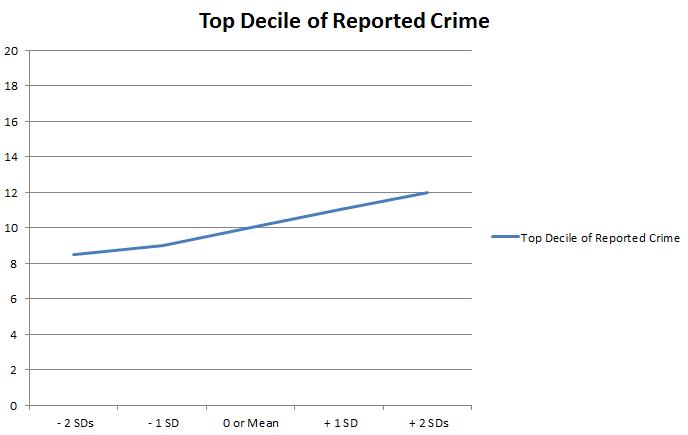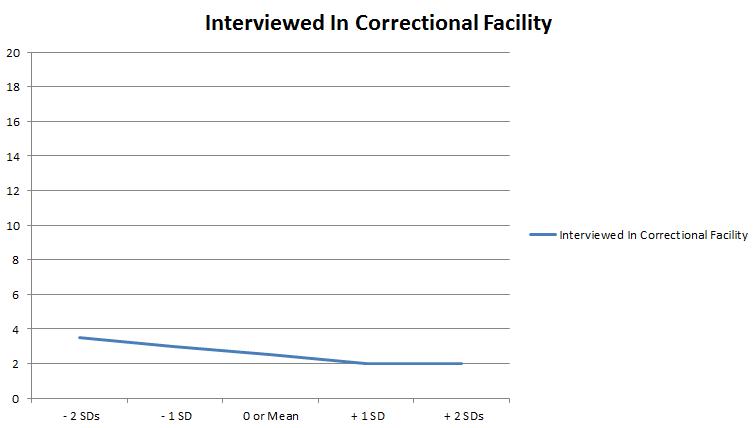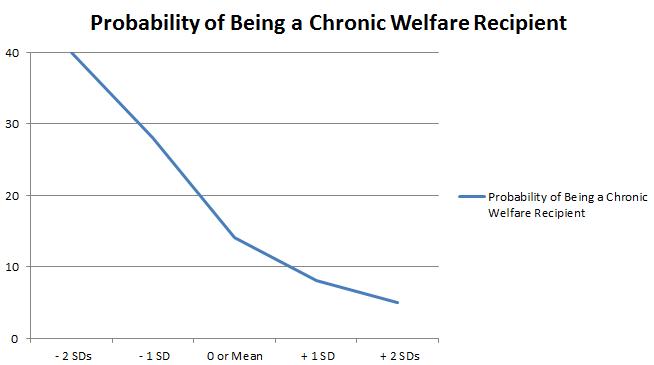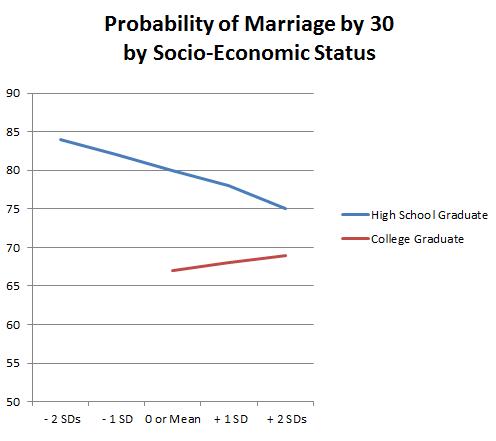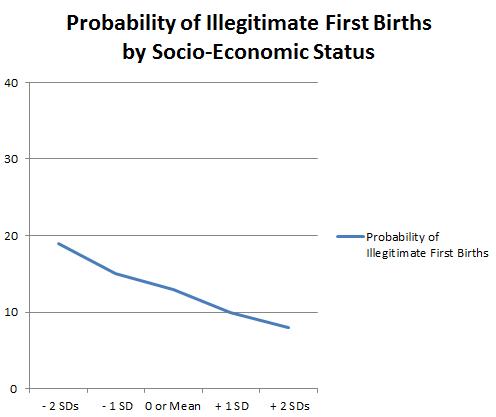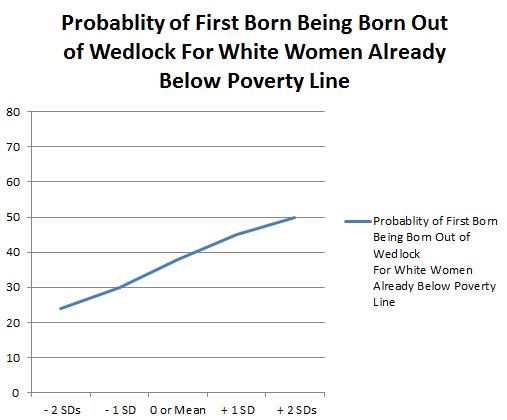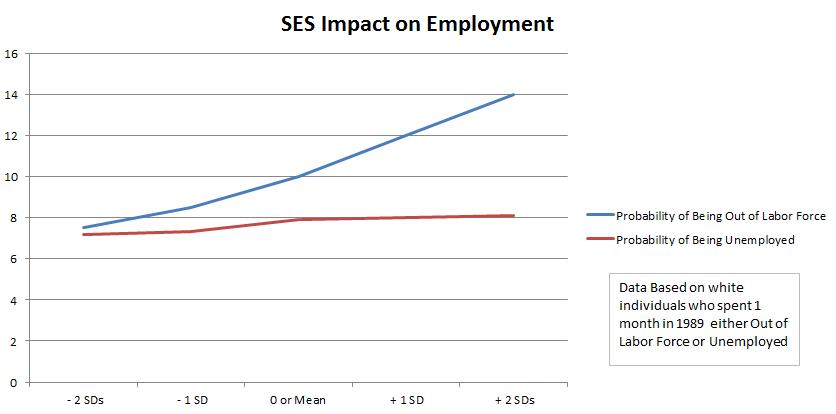It’s here, the last chapter comparison between the impact of the socioeconomic status of the family or the mother of the children and the IQ of the same.
I last posted on crime back in late July and then I mentioned:
When I picked up the book I was looking for books on “How to Raise Chickens” as a result of a post of mine some time back. I saw the book on the shelves and was taken by the title. I bought it and it was immediately relegated to my stack. Some time later, Boortz was speaking about the author and I decided I better begin the book. At this time I was still unaware of the controversy of the book. Then I posted on it. I was then made aware of the controversy.
As I mentioned then, I wasn’t aware of the massive controversy of the book. I simply saw it on the shelf, bought it and then heard it referenced on the radio. I started reading it and then posted on it. Only later did I learn of that controversy. And when I actually hit the big chapter, chapter 13, I understood why.
Now, as then, I won’t go further than chapter 12 [11 actually, I don’t find 12 interesting] and for the same reasons. However, the controversy that surrounds the later sections of the book shouldn’t diminish the value that the first chapters deliver.
Now. Crime.
The authors look to quantify crime in two ways:
- Asking if the man ever was engaged in criminal activity.
- Reporting if the man was interviewed in a correctional facility.
As they point out, both have weaknesses. The self-reporting may not be accurate but does have the upside of capturing uncaught criminal activity. The other has valid crime involvement but doesn’t capture criminals who haven’t been caught. The “smart” ones.
The results are below:
And then:
In both cases, when controlling for other factors, the SES status of the family fades and becomes meaningless. In fact, as SES increases so to does the rate of self reported crime. And in both cases, a man possessing a low IQ is at significant risk for each category.

